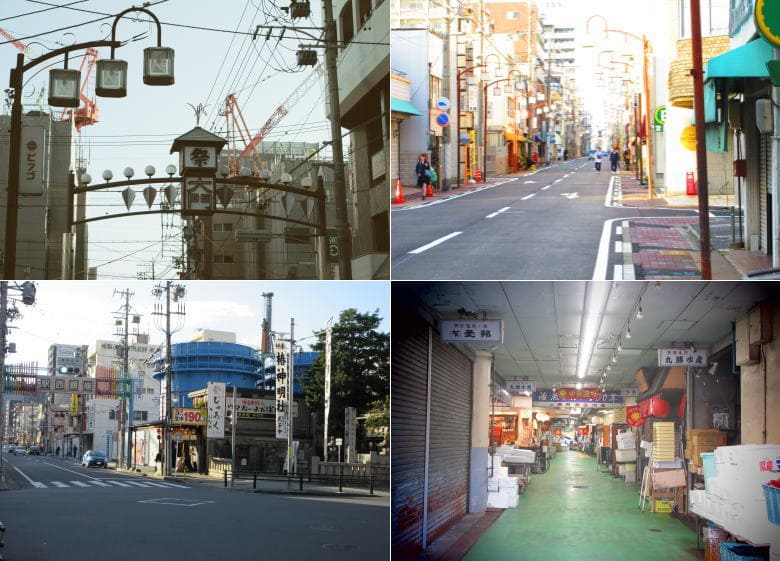懐かしさを残すレトロな風景
(中村区)
名古屋駅前の再開発も進み、近代的なビル群が並ぶ風景になりましたが、まだまだ昭和の面影を残した街並みも残ります。徒歩で散策できるエリア(名古屋駅からおおむね30分以内)の場所を掲載しています。
summary[read]
The redevelopment of the area in front of Nagoya Station has progressed, and the landscape is now lined with modern buildings, but there are still streets that retain traces of the Showa period. The following is a list of places that can be explored on foot (generally within 30 minutes from Nagoya Station).
中村区
駅西
名古屋駅の西口(駅裏)から駅西銀座(昭和通り)を少し歩くと「椿神明社=つばきしんめいじんじゃ」があります。




▲むかしの駅西周辺はディープな雰囲気もありましたが、近年は普通な感じですね。夜の人通りは多く最近は外国人の方も増えています。

大門
名古屋駅西から徒歩15分程度にある「大門町」。周辺は古き街並みが残ります。「大門」の公式な読み方は、”だいもん”ですが、”おおもん”と呼ぶ場合も多いです。
大正から昭和初期には「中村遊郭」として栄え、その後も大衆歓楽街として今も情緒あふれる店が多く並んでいます。
summary[read]
Daimon-cho” is located about 15 minutes on foot from Nagoya Station West. The area around the town still retains its old townscape. The official reading of “Daimon” is “Daimon,” but it is often called “Omon.
From the Taisho era (1912-1926) to the early Showa era (1926-1989), the area flourished as “Nakamura Yugaku,” and even after that, it remained a popular entertainment district with many stores full of emotion.

▲大門通を示す街灯

▲下町情緒の残る街道ですね。

▲昭和チックな街灯も懐かしさを感じます。

▲路地裏には昭和の面影が残っていますね。
大門横丁(アーケード)
太閤通り沿いには「大門横丁」という小さなアーケード通り(通路)があり、飲食店が並んでいました。

柳橋周辺
名古屋駅の東側にある「柳橋中央市場」。水産物を扱う市場として長い歴史があります。最近ではアミューズメント施設やおしゃれな飲食店も増えていますが、まだまだ昭和の面影を残すエリアが点在しています。
summary[read]
Yanagibashi Central Market is located on the east side of Nagoya Station. It has a long history as a market for marine products. Recently, amusement facilities and fashionable restaurants have been increasing, but the area is still dotted with areas that retain traces of the Showa period.

▲柳橋中央市場内にある水産物を扱うお店。毎年年末になると多くの人で賑わう場所です。

▲柳橋中央市場に隣接する包丁の専門店。水産加工会社の需要が多いのかな。長い歴史を感じます。

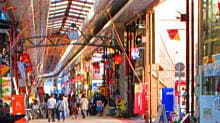 |
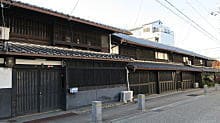 |
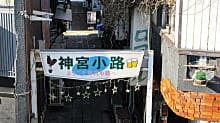 |
| 円頓寺 | 四間道 | 神宮小路 |
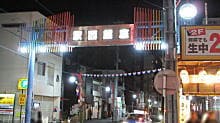 |
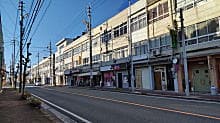 |
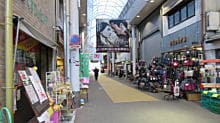 |
| 名古屋駅(西) | 蒲郡駅前 | 柳ケ瀬(岐阜市) |

